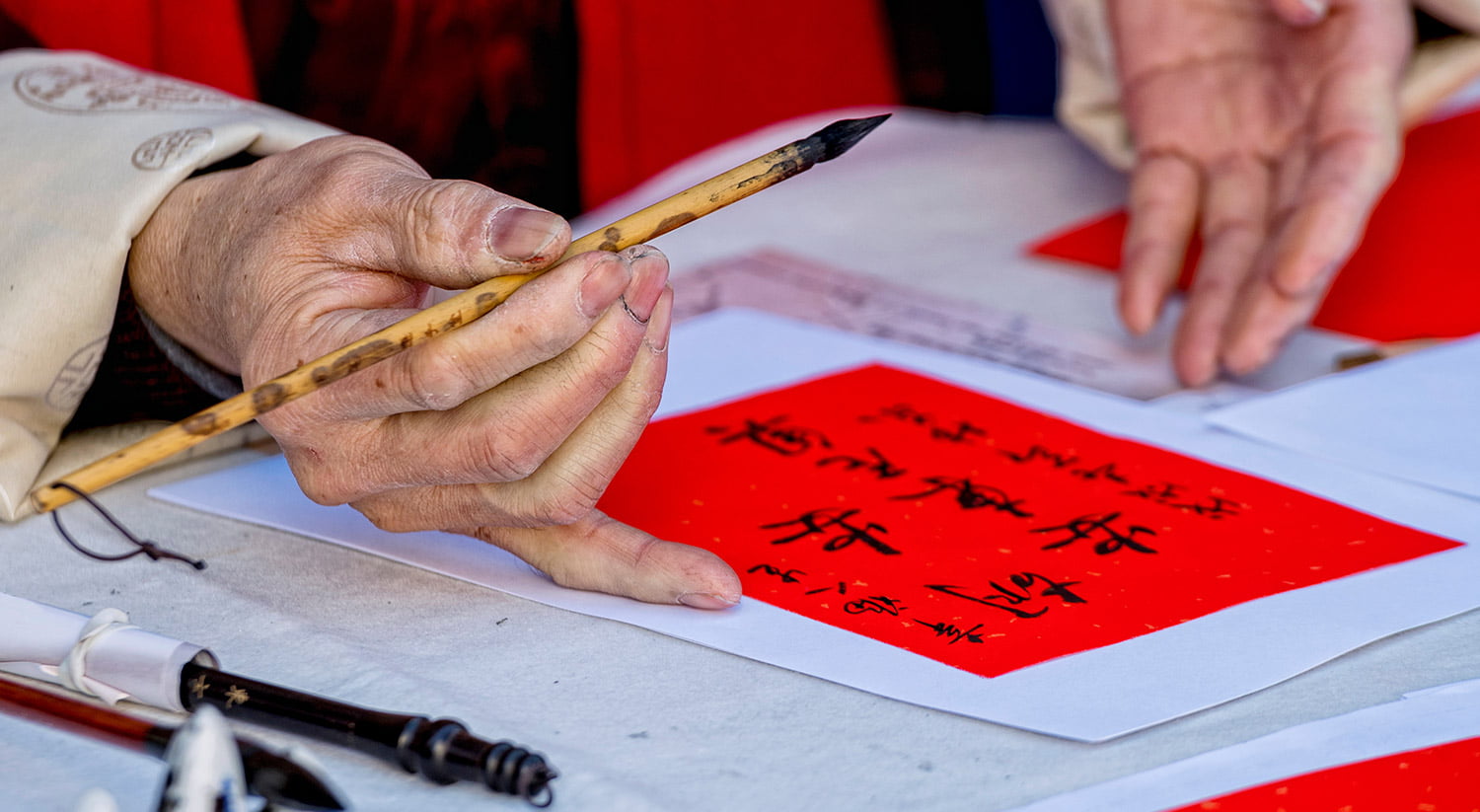
When discussing traditional and simplified Chinese, we refer to differences in their writing systems. Both systems vary in the complexity of their characters.
Furthermore, Chinese includes various spoken language variations due to its extensive geographical and cultural expanse. A range of dialects is spoken across China, including the predominant Mandarin and Cantonese.
In this article we will focus on the differences between Traditional and Simplified Chinese.
Traditional Chinese
Chinese writing has a rich history that dates back to 2,000 BC and is widely used for religious, artistic, and cultural purposes.
The Dictionary of Chinese Character Variants reports over 100,000 variations in traditional Chinese script. Although Chinese students generally study up to
5,000 characters, foreign learners need only master about 2,600. Nonetheless, one can still communicate effectively using a limited vocabulary of 1,000 characters.
For punctuation, quotation marks in Traditional Chinese are “「…」” and “『…』”. Traditional Chinese text can be arranged either vertically or horizontally.
Simplified Chinese
The literacy rate among Chinese citizens was low until the latter half of the 20th century, mainly due to the complexity of the ancient Chinese script. The era saw merely 20% of the population being proficient in reading and writing.
The formation of the People’s Republic of China in 1949 instigated Mao Zedong’s administration to implement measures to enhance the literacy rate. Consequently, simplified characters were introduced, comprising fewer strokes with simple structures and less intricate patterns. The simplification of Chinese characters reduced their number, making the simplified writing system easier to learn and use.
This development is now known as Simplified Chinese.
Quotation marks in this system resemble those used in the West, and text is typically presented horizontally.
In the next video you can see examples of writing between traditional and simplified Chinese.
Traditional and simplified chinese – Which is better?
It will depend largely on the objective you have set. If you are going on a trip, for work reasons or out of curiosity to learn a new culture.
To go on a trip
If you plan to travel to China, learning the simplified Chinese writing system is recommended as it is the official writing system in the country.
On the other hand, if you plan to visit Hong Kong, Taiwan, Macau or other Pacific territories where Chinese is spoken, learning the traditional Chinese writing system would be more useful.
To work
For years, commerce in the Asian market was conducted in English.
However, the trend is changing and an increasing number of firms operating across multiple countries are now using Chinese as their language of trade. As a result, expertise in Chinese offers a wider range of employment opportunities.
However, this trend is changing, and more firms which operate across various nations are using Chinese for business transactions.
The choice between traditional or simplified Chinese writing will be based on whether contact with Chinese or any other culture which uses Chinese for written communication, such as Hong Kong, Japan, or Taiwan, will be established.
To learn the culture
If you aspire to comprehend Chinese culture, then learning traditional Chinese is the optimal way. The origin and evolution of Chinese characters hold profound cultural significance and richness, which encapsulate the beauty of this ancient culture.
Chinese calligraphy is a distinctive and unparalleled branch of visual arts that lacks counterparts in other regions of the globe.
As a point of interest, Chinese calligraphy encompasses five distinct styles: seal (zhuan shu), clerical (li shu), regular (kai shu), cursive (xing shu), and running (cao shu). Each one has its own unique characteristics.
In short
Understanding the differences between Traditional and Simplified Chinese is essential for anyone interested in the Chinese language or culture.
These two writing systems have their own distinct importance and are used in varied fields such as business, tourism, and in-depth cultural studies.
If you are looking to improve your Chinese language skills or explore new cultures, Talkao is your best ally, start your adventure with us!








Newsletter